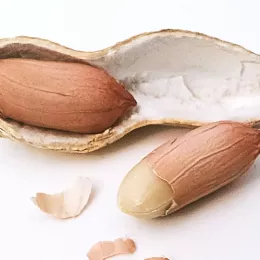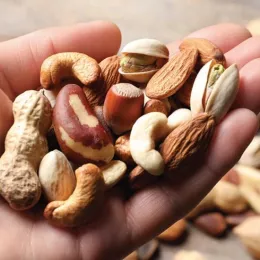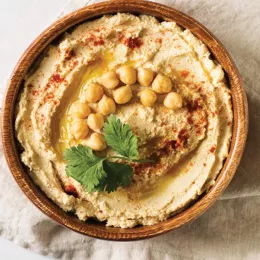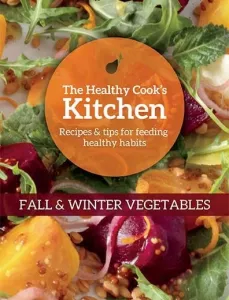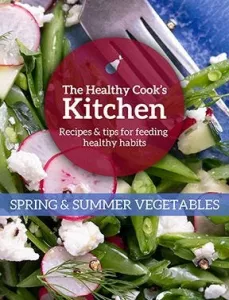How to find the best nuts & seeds

dream97 - stock.adobe.com.
This content is free. Because CSPI takes no corporate or government donations, we rely on supporters like you to fuel our content. Donate now. |
Nuts get lots of attention...and they deserve it. Healthy fats. Vitamins & minerals. A little plant protein. And talk about taste! The hard part: stopping after one serving.
If you’re trying to eat more nuts and seeds—or just trying to find the healthiest ones—here are 9 tips to consider.
1. Go for a heart-healthy package of fats.
While most nuts and seeds have roughly the same amount of fat (about 15 to 20 grams per ounce), the percentage that’s saturated, polyunsaturated, and monounsaturated varies.
The good news: Most nuts and seeds should lower LDL ("bad") cholesterol if you eat them instead of meat, cheese, or refined carbs. And that should lower your risk of heart disease.
But nuts with far more polyunsaturated (LDL-lowering) fat than saturated (LDL-raising) fat should do the most good. That’s why your best bets are walnuts, pecans, almonds, peanuts, pistachios, hazelnuts, and just about any seeds, rather than macadamias, cashews, or Brazil nuts.
2. Want a plant protein? Pay attention.
If your meal doesn’t have any other protein—like tofu, tempeh, beans, veggie “meat,” dairy, or other animal foods—look for nuts or seeds with the most protein.
Most range from just 4 grams of protein per ounce (hazelnuts, walnuts, Brazil nuts) to 5 grams (cashews) to 6 grams (almonds, pistachios, sunflower seeds).
The heavy hitters: peanuts hit 7 grams, and hemp or pumpkin seeds pump it up to 8 or 9 grams. At the low end: pecans (3 grams) and macadamias (just 2 grams).
3. Mix it up.
While almonds are nutrient rich, they’re also heavily advertised. In fact, a cornucopia of nuts and seeds beat almonds for nutrients like calcium (sesame seeds), folate (peanuts), protein (pumpkin seeds), vitamin E (sunflower seeds), fiber (chia seeds), and magnesium (hemp seeds).
So play the field…and don’t forget about seeds. They’re tiny but mighty.
4. Keep track.
Nuts pack plenty of (healthy) calories into a tiny bundle, so it’s easy to overdo it. Use our pictures to see how many nuts are in a 1 oz. serving.
An ounce of sunflower kernels or shelled pumpkin seeds (not shown) is about ¼ cup, or roughly 4 level tablespoons. That also goes for most nuts. So if you don’t want to bother with counting, use a ¼ cup measure or inexpensive kitchen scale. Shelling your own nuts (like pistachios) may also slow you down.
5. Have you heard that nuts have fewer calories? Don’t go, well, nuts.
“KIND nut bars have nearly 20% less calories,” the company announced in January 2020. Yet the list of ingredients hadn’t changed.
The new numbers came from studies led by David Baer, supervisory research physiologist at the USDA Agricultural Research Service in Beltsville, Maryland. (Those studies were partly funded by the nut industry.) Baer’s team measured how many calories people digested and absorbed from different nuts versus how many calories went out in their, um, waste.
In two studies, whole almonds averaged 19 to 25 percent fewer calories than what’s listed on most Nutrition Facts labels. That works out to about 30 to 40 fewer calories per ounce.
Why? Nuts aren’t just hard to crack. They’re also hard to chew.
“The more you chew, the more you’re grinding up the plant cell walls and making the nutrients inside available for digestion,” says Baer. That also explains why the calories in almond butter were no lower than what’s listed on the label. In a sense, it’s already been chewed for you.
Baer got similar results for walnut pieces (21 percent fewer calories) and cashews (16 percent), though not pistachios (5 percent). But those numbers are averages. Some volunteers—presumably champion chewers—absorbed no fewer calories than what’s on the label.
How well do you chew? Who knows? But even not-fully-chewed nuts are still high in calories per bite compared to foods like fruits and vegetables.
6. Mind the sodium (it’s easy).
Salted nuts may have less sodium than you’d expect, since it’s just sprinkled on top, where it gives your tastebuds a jolt. But if you’re watching every milligram, you can find plenty of varieties that are unsalted or “lightly salted” (look for no more than 80 mg of sodium per 1 oz. serving).
Tip: An ounce of some sunflower seed shells are dusted with a full day’s worth of sodium. Shell them in your hands, not in your mouth. Or just buy them shelled.
7. Don’t glaze over.
Glazed nuts can hit at least 8 grams (2 or more teaspoons) of added sugars per ounce. Your best bet: nuts with no more than 3 grams (about ½ teaspoon) of added sugars per ounce. That keeps you in honey-roasted or cocoa-dusted territory.
Also watch out for sugary clusters, coatings, and “snack” or “breakfast” mixes. With so much extra sugar, palm kernel oil, and other extras, some of them sully nuts’ good name.
8. Handle with care.
Thanks to all those unsaturated fats, nuts and seeds don’t stay fresh forever. Freeze in a zipper bag or airtight container to extend their life.
And to really bring out their flavor, toast them in the oven at 325°F for 5 to 10 minutes. Just watch them closely. Nuts seem to go from untoasted to burnt in seconds.
9. Make smart swaps.
Ready to go nuts? Don’t just add nuts and seeds to your diet. Use them to replace calories from less-healthy foods.Some examples:
- Lose the white-flour croutons. Nuts (like walnuts, pecans, and hazelnuts) and seeds are crunchier and more flavorful anyway.
- Amandine, anyone? Instead of breading, try chopped or sliced toasted almonds or pecans on top of chicken, fish, green beans, or other vegetables.
- Do better than bars. Even the best dried fruit & nut bars (like some of KIND’s) have about a teaspoon of added sugars. Why not pour an ounce of nuts and a few bites of dried fruit (try raisins, figs, or unsweetened mango) into a reusable container instead?
- Bye bye, bacon. Smoked almonds have more sodium than regular almonds, but they deliver the smoky flavor of bacon without processed meat. Add them to salads, veggies, etc.
- Go beyond granola. Old take on a parfait: sugary yogurt plus sugary granola. New take: plain yogurt plus toasted nuts (and fruit).
- Swap sugary cereal. Add nuts and berries to sugar-free shredded wheat, low-sugar bran flakes, or oatmeal.
Photos: Igor Normann/stock.adobe.com (salad), dhanya purohit/unsplash.com (almonds), charlottelake/stock.adobe.com (hazelnuts), ©Shtuki Crew/fotolia.com (spinach)."What’s a Serving”: ©AlenKadr/fotolia.com (peanuts), International Tree Nut Council Nutrition Research & Education Foundation (other nuts). Graph source: USDA FoodData Central. “What's a Serving?” sources: International Tree Nut Council Nutrition Research & Education Foundation, USDA FoodData Central.
Support CSPI today
As a nonprofit organization that takes no donations from industry or government, CSPI relies on the support of donors to continue our work in securing a safe, nutritious, and transparent food system. Every donation—no matter how small—helps CSPI continue improving food access, removing harmful additives, strengthening food safety, conducting and reviewing research, and reforming food labeling.
Please support CSPI today, and consider contributing monthly. Thank you.


